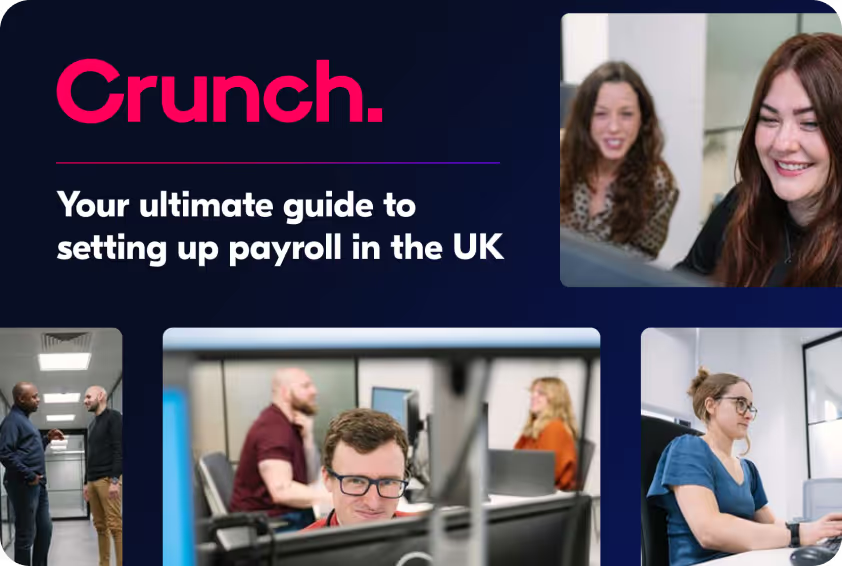National Insurance (NI) is a mandatory tax levied on UK workers which contributes towards a range of benefits, including state pensions, the NHS, maternity pay and even unemployment benefits. Though NI is mandatory, some workers won’t have to make payments if they earn less than certain thresholds.
Self-employed people in the UK must consider NI in a different light to employees. People in regular employment will have their National Insurance contributions (NIC) calculated and paid out of their salaries, with employers also contributing separately for each employee. Employees pay NI under the ‘Class 1’ bracket.
If you’re self-employed, however, you’ll need to calculate and pay NI as part of your self-assessment. You’ll also need to understand the different classes of NIC and how they impact you. In many cases, you’ll need to pay both Class 2 and Class 4 contributions through self-assessment, which must be completed by the 31st of January each tax year.
Class 2 contributions are based on a flat rate for self-employed people who earn above £12,570 in taxable profit. This is currently a £3.45 flat weekly rate, which means you’ll pay roughly £179.40 for the 2025/26 tax year if your profits exceed the threshold.
What is Class 4 NIC?
Class 2 NICs are only one part of your NIC obligations. Like Class 2 NICs, Class 4’s only apply to people who earn more than a certain threshold. Unlike Class 2’s, however, they are charged as a percentage of profits and are in addition to your Class 2 payments. Because Class 4 doesn’t always apply, they can be a confusing topic that often causes issues for the newly self-employed.
Fortunately, we’ve made it easy to understand Class 4 NICs and how they work. Read on to see who they apply to, how they are calculated and how you must pay them.
{{st-expense-guide}}
Class 4 NIC eligibility and profits threshold 2025/26
If your profits exceed £12,570, you’ll be eligible to pay Class 4 contributions in addition to Class 2. Class 4 contribution amounts will be worked out during self-assessment and are charged at a percentage of profit within two brackets. You can calculate your contributions using our National Insurance calculator.
- 6% on profits between £12,570 and £50,270
- 2% on profits over £50,270
That means, somewhat confusingly, that you might be subject to both percentages if your profits exceed £50,270. We’ve created some fictional examples below to help make sense of how this works.
Example 1: self-employed person reporting £40,000 of taxable profit
If you’re a self-employed person and you earn £40,000 of taxable profit, you’ll only need to make Class 4 NIC for income over the initial £12,570 threshold, which means you’d have £27,430 eligible for Class 4.
- First £12,570: zero
- Next £27,430 (6%): £1,645.80
- Total Class 4 payment: £1,645.80
Example 2: self-employed person reporting £60,000 of taxable profit
If you earn more than the £50,270 limit, only those profits which exceed the limit will be subject to the lower 2% percentage. Take a self-employed person reporting £60,000 in a year, for example. They would pay Class 2 NICs at the flat rate, then Class 4 contributions would be as follows:
- First £12,570: zero
- Next £37,700 (6%): £2,262
- Next £9,730 (2%): £194.60
- Total Class 4 payment: £2,456.60
Example 3: self-employed person reporting £100,000 of taxable profit
If you were to generate £100,000 of taxable profit, you’d still repay exactly the same amount from the 6% bracket as other self-employed people. Only the profits exceeding the £50,270 threshold would incur the added 2% charge.
- First £12,570: zero
- Next £37,700 (6%): £2,262
- Next £49,730 (2%): £994.60
- Total Class 4 payment: £3,256.60
As you may have gleaned from the examples above, the maximum you would ever have to repay from the 6% bracket for the 25/26 tax year is £2,262.
National Insurance (NI) is a mandatory tax levied on UK workers which contributes towards a range of benefits, including state pensions, the NHS, maternity pay and even unemployment benefits. Though NI is mandatory, some workers won’t have to make payments if they earn less than certain thresholds.
Self-employed people in the UK must consider NI in a different light to employees. People in regular employment will have their National Insurance contributions (NIC) calculated and paid out of their salaries, with employers also contributing separately for each employee. Employees pay NI under the ‘Class 1’ bracket.
If you’re self-employed, however, you’ll need to calculate and pay NI as part of your self-assessment. You’ll also need to understand the different classes of NIC and how they impact you. In many cases, you’ll need to pay both Class 2 and Class 4 contributions through self-assessment, which must be completed by the 31st of January each tax year.
Class 2 contributions are based on a flat rate for self-employed people who earn above £12,570 in taxable profit. This is currently a £3.45 flat weekly rate, which means you’ll pay roughly £179.40 for the 2025/26 tax year if your profits exceed the threshold.
{{cta-newsletter}}
Calculate Class 4 NIC
Whilst this might all sound confusing, don’t worry - the fixed brackets make it easy to calculate Class 4 NICs. Rather than wasting time looking for a Class 4 National Insurance calculator, simply follow our directions below.
Work out your taxable profit for the year to determine your Class 4 bracket and which actions you need to take.
- Example 1: self-employed designer reports £35,000 taxable profit
- Example 2: self-employed joiner reports £70,000 taxable profit
Profits less than £12,570:
No Class 4 NICs needed
Profits between £12,570 - £50,270:
Subtract £12,570 from your total taxable profits. The leftover figure will be subject to the 6% NIC. You can calculate the amount you’ll need to pay by multiplying your figure by 0.06.
Example 1: Designer takes £35,000 taxable profit and subtracts £12,570, leaving £22,430 eligible for the 6% rate. Multiply 0.06 by 22,430 results in a Class 4 NIC payment of £1,345.80.
Profits exceeding £50,270:
If you exceed this bracket, you’ll always pay the 6% charge on the difference between £12,570 and £50,270, which is £37,700. 0.06 x 37,700 is £2,262.
You’ll also need to pay 2% on any profits over the £50,270 limit, so subtract £50,270 from total profit to be left with the amount subject to the 2%. Multiple that by 0.02 to get the amount you’ll be charged. Finally, add them together for a total amount for Class 4 NICs.
Example 2: Joiner subtracts £50,270 from total £70,000 profits, resulting in £19,730 which is subject to the 2% fee. 0.02 x £19,730 is £394.60. Combined with the £2,262 from the 6% bracket, that’s a total Class 4 of £2,656.60.
Remember that both Class 2 and Class 4 NICs may apply, so you’ll pay the fixed flat rate for Class 2s as well as whatever amount you’ve now calculated from your eligible profits.
We know this may sound a little confusing, but it’s a simple calculation once you know your total taxable profits. If you don’t want to work it out yourself and want someone to make your tax reporting and payment processes easier, choose Crunch, and our chartered accountants will do your Self Assessment for you, calculating your income tax and NICs at the same time.

.svg)



.webp)














